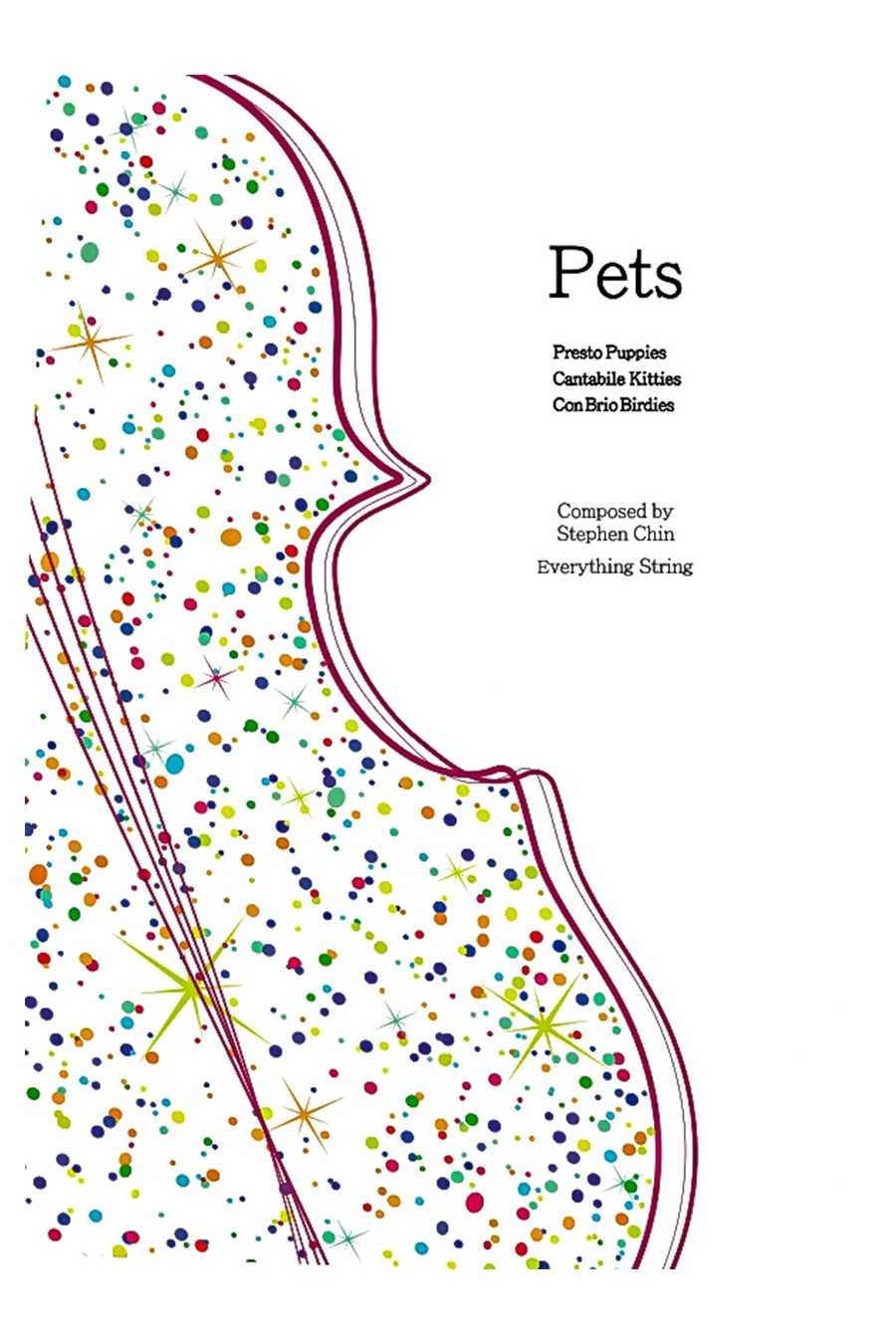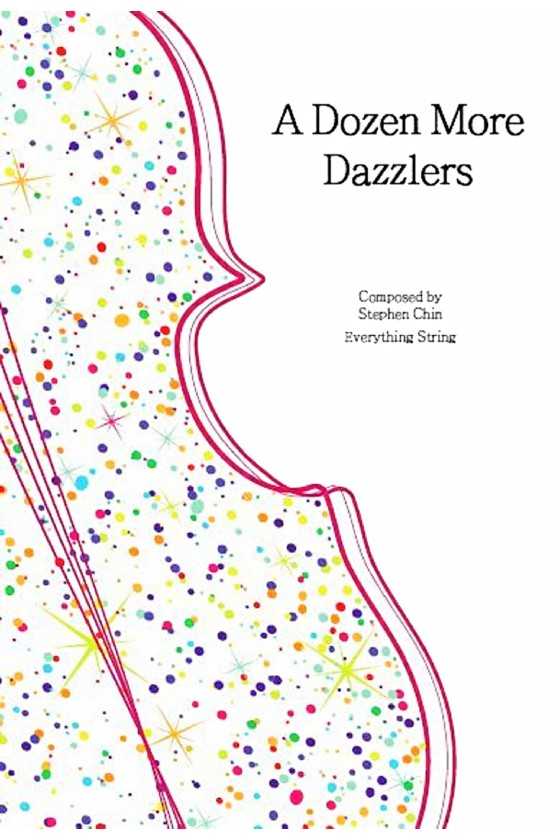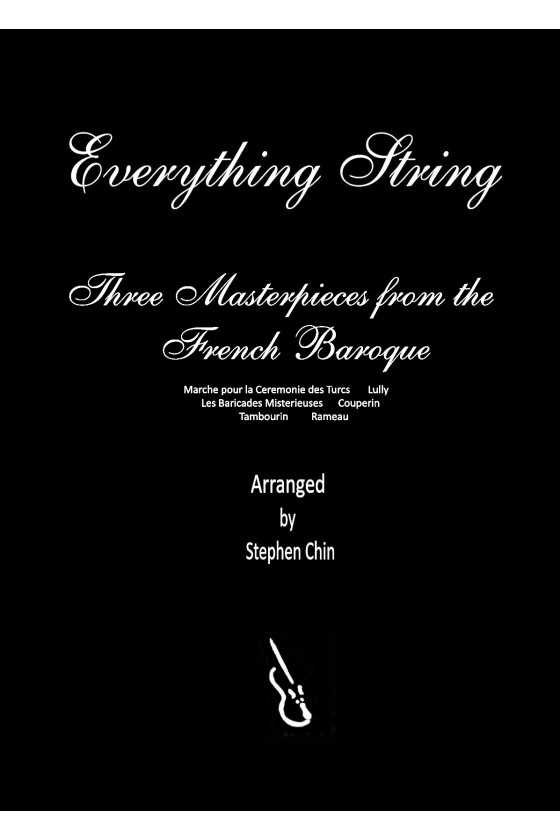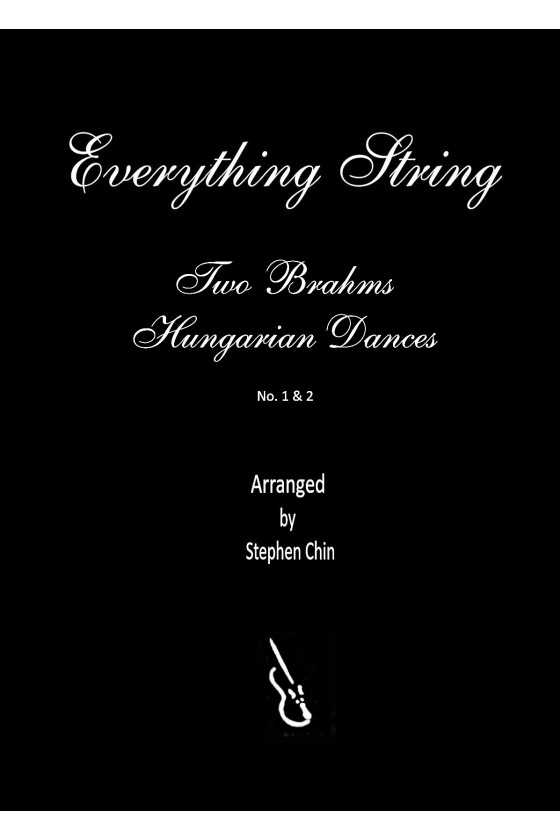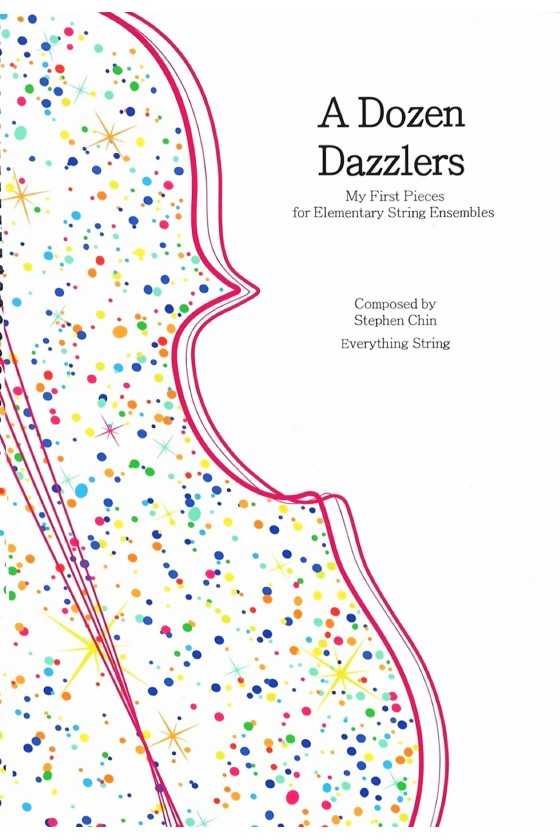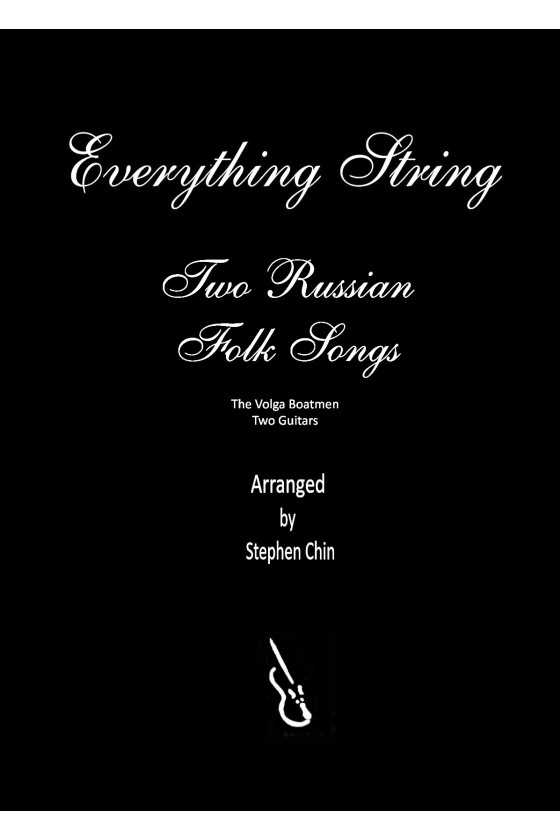A Dozen More Dazzlers by Stephen Chin
These works are perfect for the beginner string ensemble player. They continue the earlier publication titled "A Dozen Dazzlers." They feature unison, simple parts and call-response writing and prepare the players for the greater demands of a full-string orchestra. All parts have been meticulously crafted for ease of playing and to focus on essential ensemble skills such as pizzicato, legato, staccato, and harmonics. These attractive pieces will ignite the students' imaginations.

